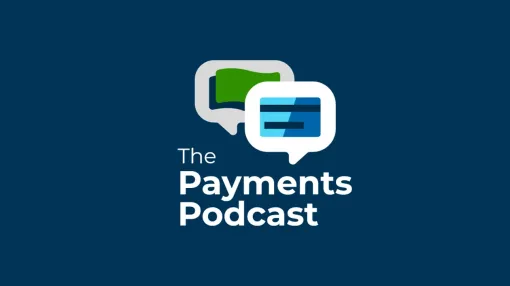B2B payments are anything but stationary
Tidal forces reshaping global commerce and banking are creating fundamentally new pathways for payments, especially in B2B. It’s a wave of innovation amid a slew of unknowns, making this a delicate and decisive time.
We find it laid out by the numbers in the new Ardent Partners report ‘Pulse on B2B Payments 2024’ based on a survey of roughly 200 accounts payable (AP) leaders.
Highlighting the current changeable climate and emphasizing how the post-pandemic environment has thrust accounts payable (AP) into the spotlight as an example of back-office chore recast as strategic asset, the analysis looks at sentiments behind the shift. For example, there are still C-suite non-believers: Ardent found that 40% of AP executives surveyed said AP (automated or not) has “little to no” strategic value to the enterprise.
“That’s a glass half-full situation,” said Andrew Bartolini, Chief Research Officer at Ardent Partners, and author of Pulse on B2B Payments 2024. “It’s situational. By that I mean if you are highly manual, if you're keying in data, you’re making mistakes. You're providing no visibility to internal stakeholders. You're providing no visibility to suppliers.” Ergo, you are unlikely to value (or even be aware of) the latent performance that’s being missed.
In that situation, AP is not adding strategic value. It’s a wasted asset. This is what he described as a business maturity issue that is slowly ceding ground to connected thinking.
“Every aspect of the invoice-to-pay process directly impacts outcomes” he added. That reality is accelerating the adoption of electronic payments and support. The EU took an early lead, but North America is catching up, driven by the benefits of digital B2B transacting.
Consider this: Ardent found that 37% of CFOs are now signing off on AP team strategy plans – almost unheard of in 2019 – and that 61% of all respondents recognize AP as “exceptionally” valuable, both strategically and as a tactical tool.
Overcoming Supplier Resistance
A hurdle in the shift to digital is supplier acceptance, with 48% of respondents calling it a major friction point. Putting an ePayables requirement in RFPs can drive change here.
Modern systems have streamlined the onboarding process, making it easier for suppliers to adopt electronic payments. Education is key. Suppliers need to understand the benefits of electronic payments and the security of modern systems.
“There needs to be more education to suppliers because the solutions in the space today are much more usable, much more accessible, and much more secure,” Bartolini said. With a nod to lingering concerns around sharing banking information, he said, “We're in a new world where moving [AP and AR] online is the best way of getting the visibility right.”
Regarding AP fraud, respondents told Ardent that more than one in three (34%) of AP departments reported a B2B payments fraud attack in the past year. That’s one reason Ardent calls AP automation “the industry’s top priority” in the coming year based on where it stands now. Analytics are just behind automation in order of priority.
Top B2B Payment Strategies
The report identifies three primary B2B payment strategies being employed now:
- Ensuring on-time payments
- Using the least costly payment methods
- Optimizing vendor payments
These strategies reflect an industry still in transition from paper checks to electronic payments. Cost-cutting is always in focus, as is avoiding late payments. But as electronic payment volumes grow, more sophisticated revenue-based strategies emerge.
Note that leveraging Artificial Intelligence (AI) is not in the top three as a standalone solution. Rather, it is “a series of capabilities delivered through existing systems,” Bartolini said. “To effectively leverage AI in AP, organizations need a strong digital foundation with automated baseline processes across risk, process, and pay functions.”
AI can enhance automation, reduce exceptions, and guide strategic decision-making. However, it requires a solid foundation and sufficient volume to be truly effective.
The State of AP Automation 2025
Currently, only payment execution and scheduling have reached appreciable levels of full automation, Ardent found. This limited progress is due to piecemeal digital transformations, and more time needed to roll out systems across more organizations.
While he said full automation “remains a work in progress,” Bartolini added that more electronic payments were made last year than ever before. As B2B more organizations recognize the strategic value, “we're seeing a shift towards electronic payments, increased automation, and a greater focus on transparency and accountability,” he said.
“The future of B2B payments is digital, strategic, and increasingly automated. By adapting to this new reality, organizations can turn their AP departments from cost centers into strategic assets that drive financial performance and business growth.” he said. “The companies that successfully navigate this transition will be better positioned to manage their cash flow, reduce costs, and to make more informed financial decisions.”


